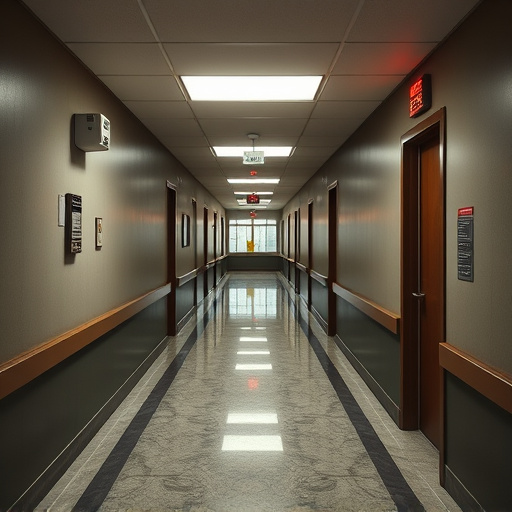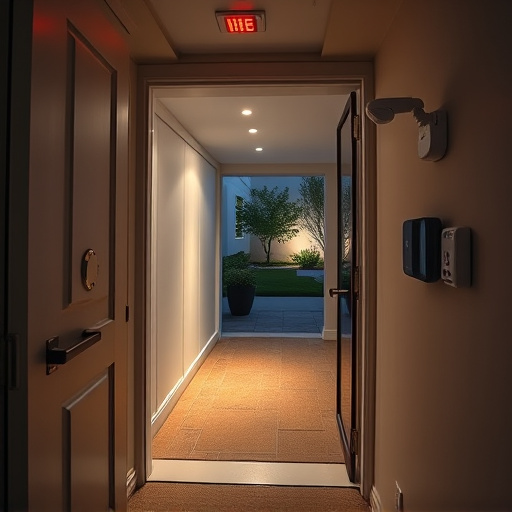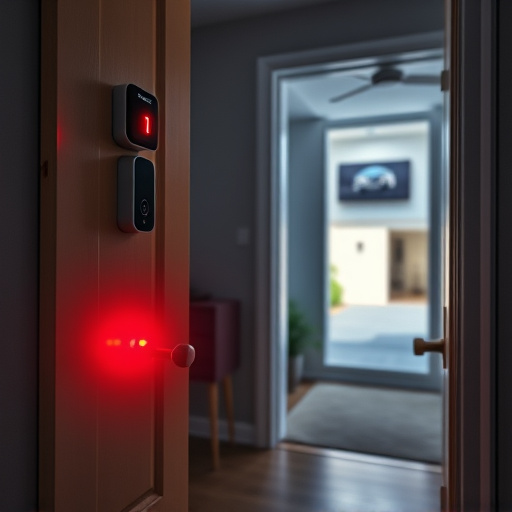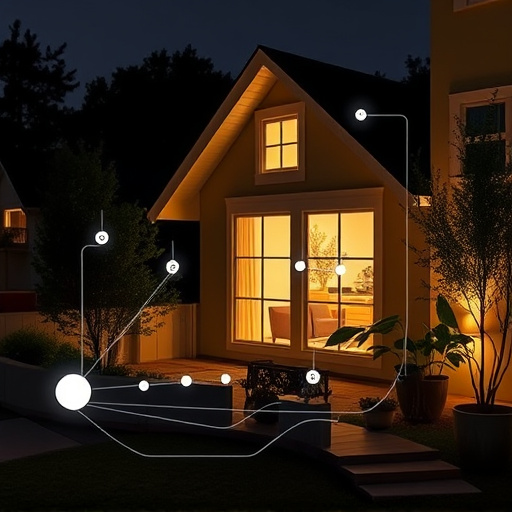Personal safety awareness begins with understanding and mitigating risks in daily life. This involves assessing surroundings for dangers, carrying safety devices, and tailoring strategies. Education in first aid and CPR, along with staying informed through Emergency Alert Systems (EAS), is crucial. Creating escape plans and staying vigilant in both physical and digital spaces enhance preparedness. Integrating EAS settings and regular updates ensures swift action during emergencies.
Personal safety awareness is an essential skill in today’s world. Understanding your risks and assessing your environment are crucial first steps. Education, including learning life-saving skills, empowers individuals to handle emergencies effectively. Implementing emergency alert systems ensures you stay informed and connected during critical situations. Preparing an escape plan and staying vigilant in daily activities further strengthen your safety net. By following these essential steps, you’re better equipped to navigate unexpected challenges with confidence and security.
- Understand Your Risks: Assess Your Environment
- Education is Key: Learn Life-Saving Skills
- Emergency Alert Systems: Stay Informed and Connected
- Prepare an Escape Plan: Practice for the Unforeseen
- Stay Vigilant: Awareness in Daily Activities
Understand Your Risks: Assess Your Environment
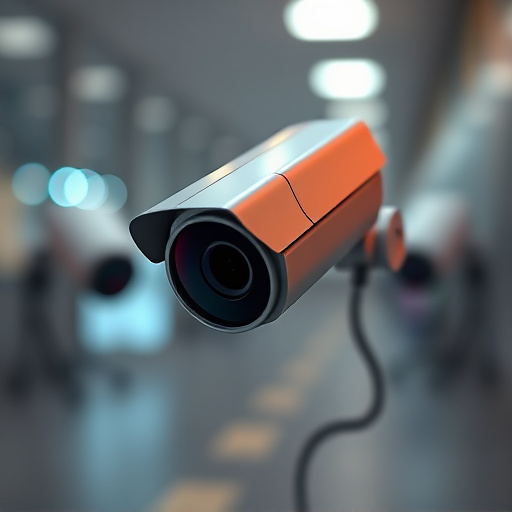
Understanding your personal risks is a crucial first step in enhancing your safety awareness. It involves recognizing potential dangers and threats that could impact your well-being, both in public spaces and within your living or working environment. Take time to assess your surroundings; identify high-risk areas, such as poorly lit streets, isolated locations, or regions with a history of crime. Being mindful of these factors enables you to take proactive measures. For instance, consider carrying a personal safety device like a panic alarm or using emergency alert systems that can quickly notify authorities in case of an unexpected situation.
By evaluating your environment, you can identify specific risks and tailor your safety strategies accordingly. This may include simple precautions like avoiding certain routes at night or more comprehensive planning for situations that require immediate assistance. Enhancing personal safety awareness is about being prepared and equipped to handle various scenarios, ensuring your peace of mind and well-being in every aspect of your daily life.
Education is Key: Learn Life-Saving Skills
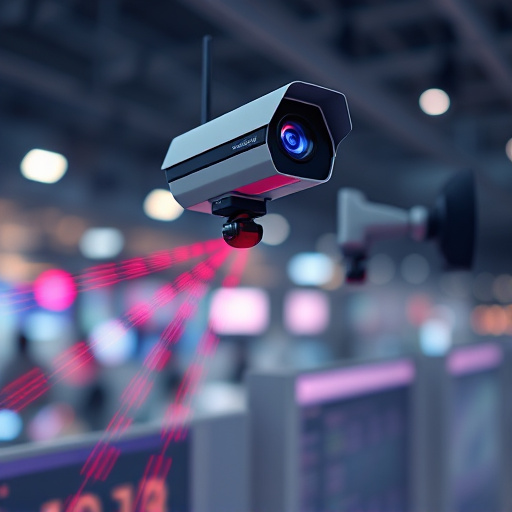
Education plays a pivotal role in enhancing personal safety awareness. By equipping individuals with essential life-saving skills, communities can empower citizens to handle various emergencies effectively. Learning basic first aid, performing CPR, and understanding how to respond during critical situations can significantly improve survival rates. These skills are invaluable, especially when immediate professional help is not readily available.
Incorporating training on using emergency alert systems into educational curricula further strengthens personal safety measures. Familiarity with such systems enables people to quickly notify authorities or seek assistance during emergencies. Regular workshops and community programs that focus on these critical skills can make a substantial difference in fostering a safer environment, ultimately saving lives.
Emergency Alert Systems: Stay Informed and Connected
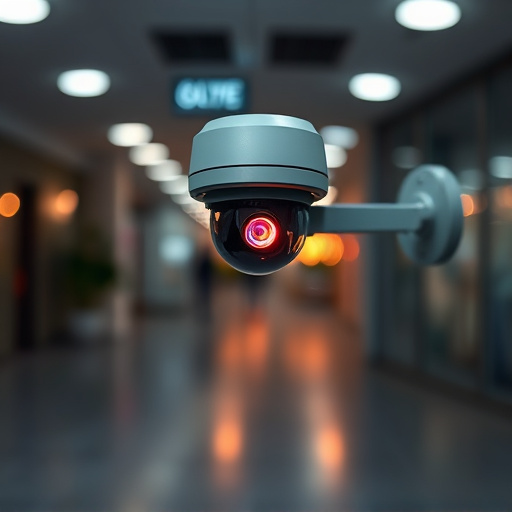
Staying informed and connected is a crucial aspect of personal safety awareness. Emergency Alert Systems play a vital role in this regard, providing real-time updates on potential threats and hazards. These systems, often integrated into smartphones and local community networks, offer timely warnings for everything from severe weather conditions to natural disasters and public safety emergencies. By subscribing to these alerts, individuals can quickly take necessary precautions, ensuring their well-being and that of their loved ones.
Regularly checking and updating your emergency alert settings is an essential step in maximizing their effectiveness. These systems often include features that allow users to customize the types of alerts they receive based on their location and specific interests. Staying connected through these channels fosters a sense of community preparedness, enabling folks to navigate uncertain situations with confidence and ensuring everyone stays safe during emergencies.
Prepare an Escape Plan: Practice for the Unforeseen
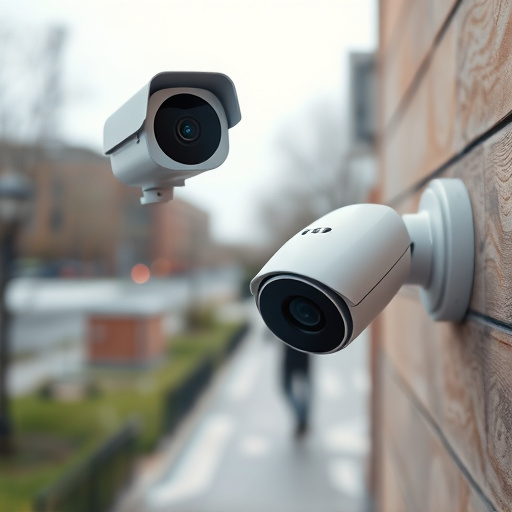
Creating an escape plan is a vital step in enhancing personal safety awareness, especially for unforeseen circumstances. This strategy involves meticulously outlining potential hazards and devising quick, efficient routes to safety. It’s not just about fire drills; consider various scenarios, from natural disasters to home intrusions. Involve your family or roommates, ensuring everyone understands their role during an emergency. Regularly review and update this plan as your surroundings change.
Implementing emergency alert systems can also significantly contribute to your overall safety. Stay informed about local warning systems designed to notify you of impending dangers like storms or community-specific emergencies. Keep your contact details updated with these systems, enabling swift communication during critical situations. This technology acts as a powerful tool, ensuring you’re prepared and aware, which is the cornerstone of personal safety awareness.
Stay Vigilant: Awareness in Daily Activities

Staying vigilant is a crucial aspect of personal safety awareness, and it starts with being fully present in your daily activities. In today’s world, where unexpected situations can arise at any moment, maintaining a heightened sense of awareness can make all the difference. This means paying close attention to your surroundings, both physically and virtually. For instance, when walking alone, be observant of your environment; note the locations of nearby exits, potential hiding spots, or anyone acting suspiciously. Similarly, in public spaces, keep an eye out for emergency alert systems that can provide vital information during crises.
This vigilance extends to your digital life as well. Stay alert for phishing attempts, suspicious emails, or unusual activity on your accounts. Regularly updating passwords and enabling two-factor authentication are simple yet effective measures to protect your personal information. By integrating these habits into your routine, you can ensure a higher level of safety and be better prepared to handle unexpected emergencies.
Personal safety is a shared responsibility, and by understanding your risks, educating yourself, staying vigilant, and utilizing tools like emergency alert systems, we can create a safer environment for all. Each step outlined above empowers individuals to take control of their well-being and contribute to a more secure community. Let’s embrace these essential practices and remain proactive in safeguarding ourselves and those around us.
